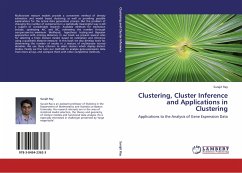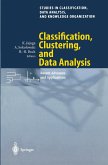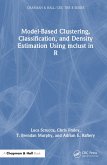Multivariate mixture models provide a convenient method of density estimation and model based clustering as well as providing possible explanations for the actual data generation process. But the problem of choosing the number of components in a statistically meaningful way is still a subject of considerable research. Available methods for estimation include, optimizing AIC and BIC, estimating the number through nonparametric maximum likelihood, hypothesis testing and Bayesian approaches with entropy distances. In our book we present several rules for selecting a finite mixture model, based on estimation and inference using a quadratic distance measure. In this book we also develop tools for determining the number of modes in a mixture of multivariate normal densities. We use these criterion to select clusters which display distinct modes. Finally we fine tune our methods to analyze gene-expression data from micro-arrays, and compare them with other competitive methods.
Bitte wählen Sie Ihr Anliegen aus.
Rechnungen
Retourenschein anfordern
Bestellstatus
Storno








